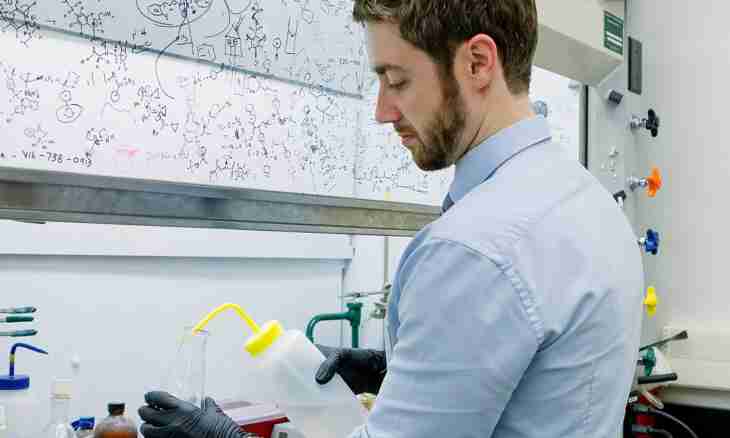Formation of sedimentary rock happens in two ways: under the influence of wind, water, change of air temperature and also at the bottom of lakes, the rivers, oceans where fossils get.
From the name there is obvious an enclosed image. This breed is formed on the Earth's surface of material which accumulates owing to various natural influences. The first way is connected with impact on magmatic breed of wind, change of temperatures, water. The second way is connected with sedimentation on a bottom of the seas, lakes and oceans of the dissolved salts, products of decomposition of organisms, suspensions brought by the fresh rivers.
That sedimentary rock was formed it is, not enough, that material just accumulated at the bottom. There have to pass centuries during which there are different chemical transformations. Now time in more detail to consider two ways of formation of sedimentary ways came.
Way the first – water, wind, temperature
The set of all three factors gives the chance to receive sedimentary material which time transforms to sedimentary rock. The first change of temperature and humidity of air engages. Constant change of volume of crystal unit leads to emergence of microcracks. The smallest grains of sand which, picked up by wind, are carried away from magmatic breed begin to separate, even more expanding cracks. This process is called aeration. In cracks moisture begins to be condensed, washing away salts. The breed cracks even more, and small pieces separate from big. The dissolved substances and subcolloidal parts are transferred by water to a stream, and then and to the river. As right at the beginning force of transportation is strong, parts are transferred to long distances. But at some point this process weakens also the material transferred by water or wind settles. It can happen on the land or in water. At first the deposit has big friability, during a time there is water. Here time begins to come into force. Because of its action there is a crystallization and coupling of parts of the different size among themselves. It is natural cement which hardens. Over time this process will take place even more stoutly, having turned the former friable deposit into granite firmament.
Way of the second – the seas, lakes, oceans
This way differs from what was considered above. The bottom of the seas, oceans and lakes is full of life. There are seaweed, corals, mollusks, radiolarias, sponges, sea lilies, huge colonies live microorganisms, cancroid. All of them, after death, mix up with various inorganic material. There is it the whole layers. As in draft there are a lot of derivatives of silicon, calcium, phosphorus, iron, there is a cementation. Layers of siliceous slate, chalk, bergmeal are formed by such way.

